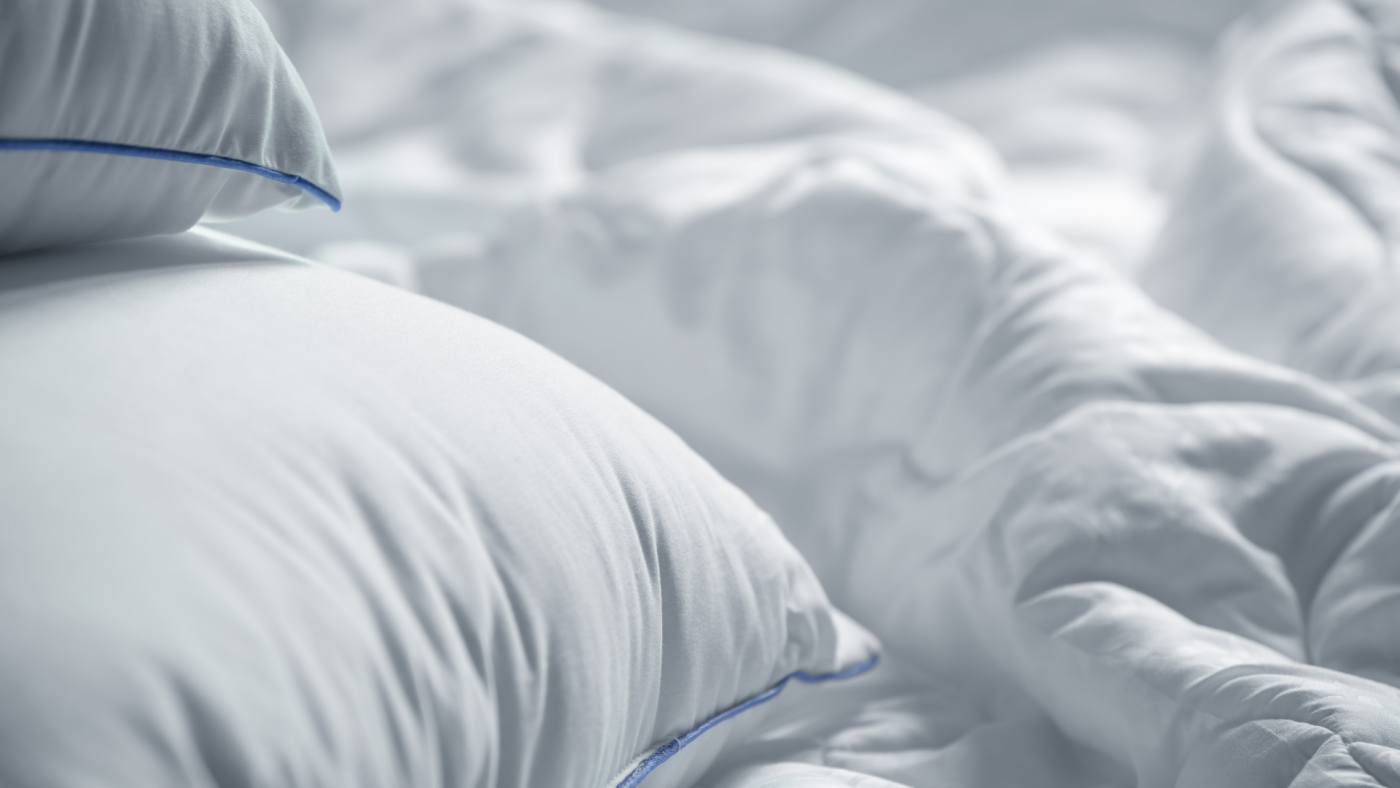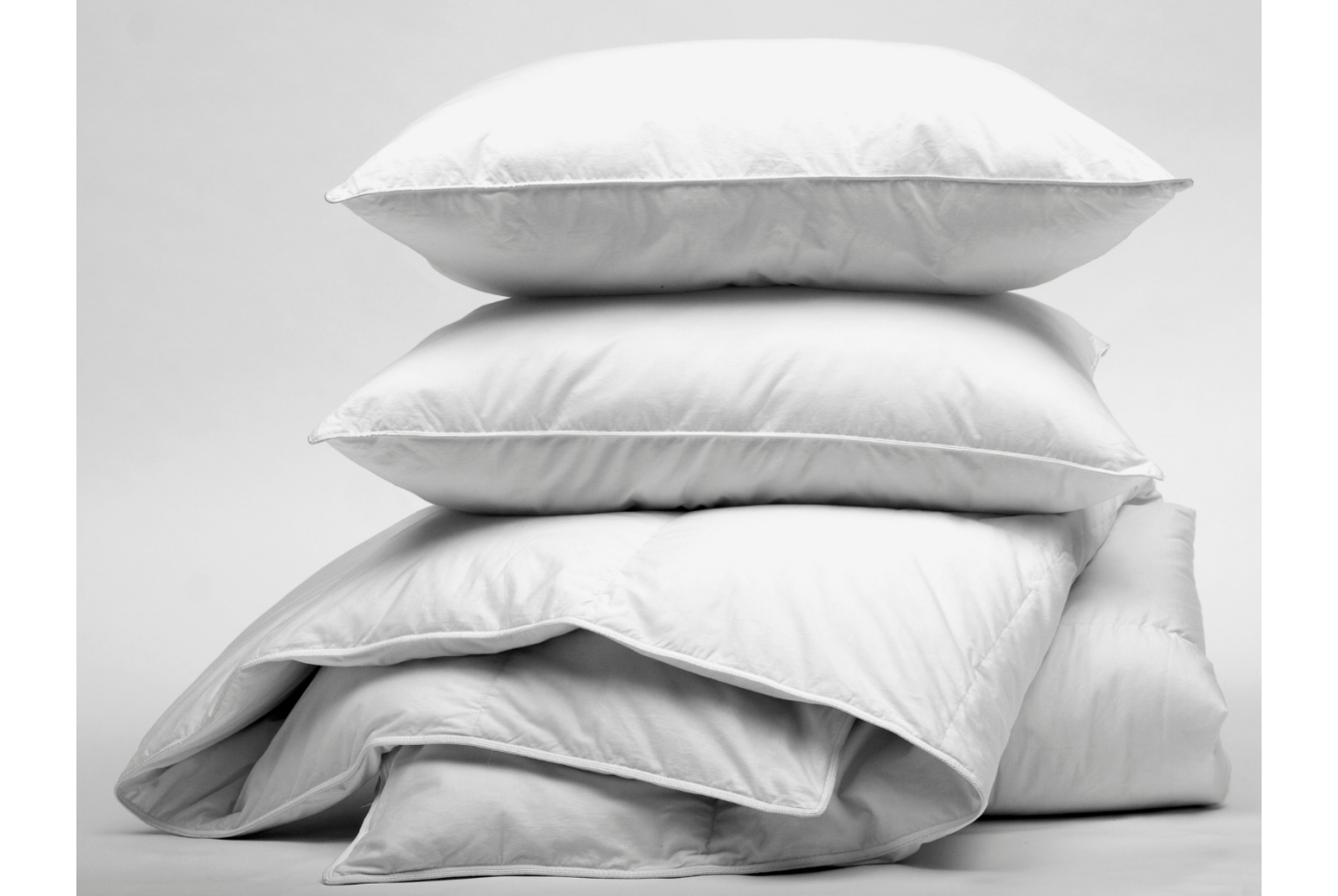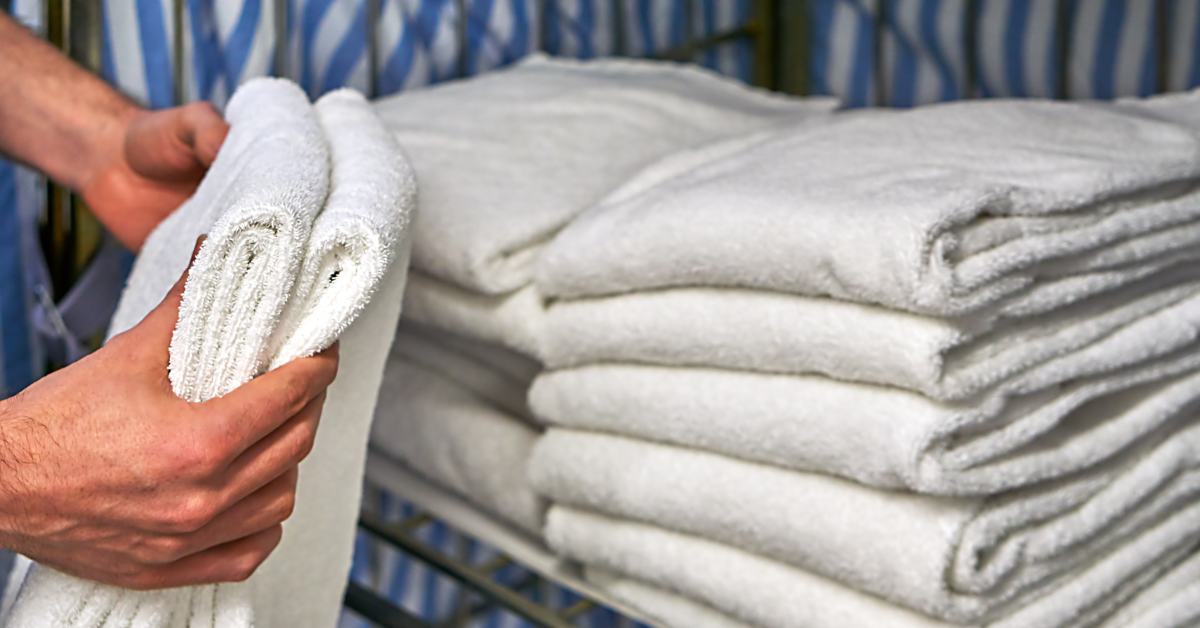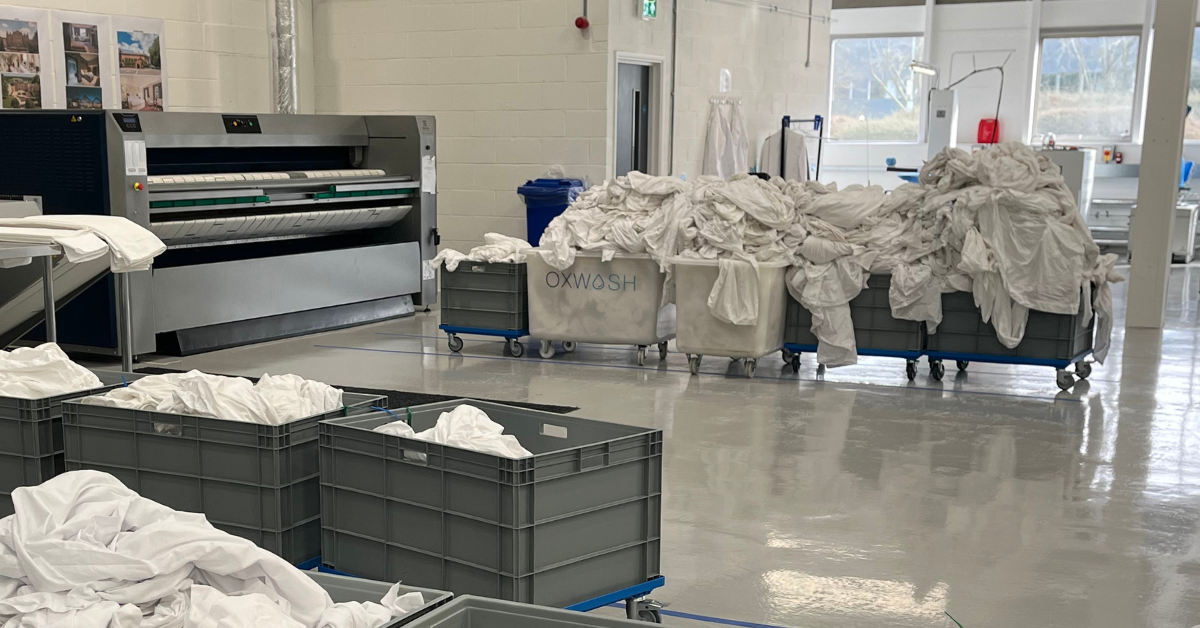How to care for your duvets and pillows


Business & Insights
We spend around a third of our lives sleeping so buying a great duvet and pillows is an investment that we want to last as long as possible. So why are we all guilty of neglecting them and depriving them of their proper care? The life expectancy of your duvets depends on the duvet quality and how well you take care of them. We’ve gathered our top care tips to looking after your duvets and ensuring they live their best and longest lives.
Washing our clothes is fairly routine but most of us don’t have a routine for washing our duvets and pillows! Is there even a right way? Monthly? Annually? Every ten years? Everyone has their own way. We’re here to clear up any ambiguity and questions you have, and yes there is a right way, but it depends on your duvet. It can be a confusing task following care labels and being absolutely certain you won’t ruin your duvet. If in doubt, send it in to Oxwash and let the experts take care of it.


Why bother washing your duvet?
Washing your duvet may seem like a cumbersome task so let us explain why it is absolutely necessary.
Our body sheds millions of skin cells and around 200ml of sweat each night. Sleeping with a partner? Double that stat. This combination of dead skin and sweat means that our bedding is often made up of dust mites. You may be thinking, surely not my bed? However, around four out of five homes have levels of dust mite allergen (aka droppings). These droppings can be harmful for allergy sufferers by causing itchy eyes and asthma symptoms. Your bed sheets and pillowcases are protective but only to a small extent, which is why washing your duvets and pillows is essential. Washing your duvets and pillows eradicates dirt, moisture, and dust. The result: both hygienic and refreshingly fluffy bedding.
How often to wash your duvet
In short, bi-annually, although we recommend quarterly for allergy sufferers. We suggest after winter and summer months as our bodies are more prone to sweating due to hot weather and increased heating.
How to wash your duvet
Before trying to wash a duvet at home, remember to check the care label and follow the suggested washing instructions. Although some duvets state they are ‘dry clean only’ on the care label, we advise against this. This is because dry cleaning uses toxic chemicals such as PERC, classified as a carcinogen by the EPA. You can breathe the nasty chemicals in if they are not aired enough. Instead, we recommend wet cleaning (the eco-friendly, non-toxic sister of dry cleaning) which is 100% safe and does not denature the filling. That’s right, you can wet clean any pillow or duvet you want! You can learn more about Oxwash’s wet cleaning process here.
The drying of duvets and pillows can sometimes take hours and be arduous. Optimal results usually require periodically removing the duvet from the drier 2-3 times, if you don't have the time to do this, sending your duvet in to Oxwash guarantees a perfect wash and dry for your duvet.
Down and Feather:
· Warm Gentle Machine Wash - 40° or hand washed
· Cool Tumble Dry
· Do Not Iron
· Do Not Bleach
· Do Not Dry Clean
Place the duvet into a large machine with a small amount of liquid washing detergent. The duvet can be dried in a tumble-dryer on a low heat. Take it out of the dryer and shake a few times during the cycle if possible. Use tennis balls in socks in the drying process to prevent clumping. Do not use any fabric softener. This coats the down and feathers preventing it from drying adequately. For best results take it out before it is completely dry to air or hang dry remembering to turn it over (not in direct sunlight).
Cotton:
· Warm Gentle Machine Wash - 40°
· Cool Tumble Dry
· Do Not Iron
· Do Not Bleach
Use a small amount of liquid detergent in the wash. Tumble dry on a cool setting and for best results take it out before it is completely dry to air or hang dry remembering to turn it over.
Synthetic or Microfibre:
· Warm Gentle Machine Wash - 40° or hand washed
· Cool Tumble Dry
· Do Not Iron
· Do Not Bleach
Place the duvet into a large machine with a small amount of liquid washing detergent. The duvet can be dried in a tumble-dryer on a low heat, take it out of the dryer and shake a few times during the cycle if possible.


When to replace your duvet
There is not set answer for this it varies; however, on average a duvet can live well between 5-10 years. Pillows tend to last about 2 years before they denature because of more wear and tear. Some signs to check if it’s time to replace your duvet or pillow:
If you remember buying your pillow in a gleaming white but has yellowed over time, it’s likely that it’s time for a replacement.
People who are more prone to night sweats should consider changing their pillows and duvet more frequently.
If your pillow or duvet are feeling denatured, clumpy, and unsatisfying, even after it’s been through the dryer, it’s a sign to replace them.
TIPS AND TRICKS
• To treat a stain on the duvet, shake feathers away from the stained area and treat with warm soapy water (fairy liquid will do) before washing it.
•Will it fit? Check that the duvet has enough room for mobility. Try folding the duvet in and turn it into the washing machine.
• Use a normal spin setting and aim to air dry your duvet afterwards if the weather permits.
• Washing at a temperature setting of 60 degrees will kill most bacteria and dust mites. (Do not do this if your item has stains as the temperature will set the stains in).
• Wash pillow in pairs to keep the washing machine balanced and pillows fluffy.
• Add in a couple of tennis balls covered in old socks to stop your pillows from clumping unevenly when in the dryer.
• For an extra luxurious feel, stick your pillows in the dryer once a week for a quick spin to remove dead skin and moisture from the pillow and fluff them up.
Related Articles


B Corp™ certified.


Surpassing NHS-grade disinfection.













